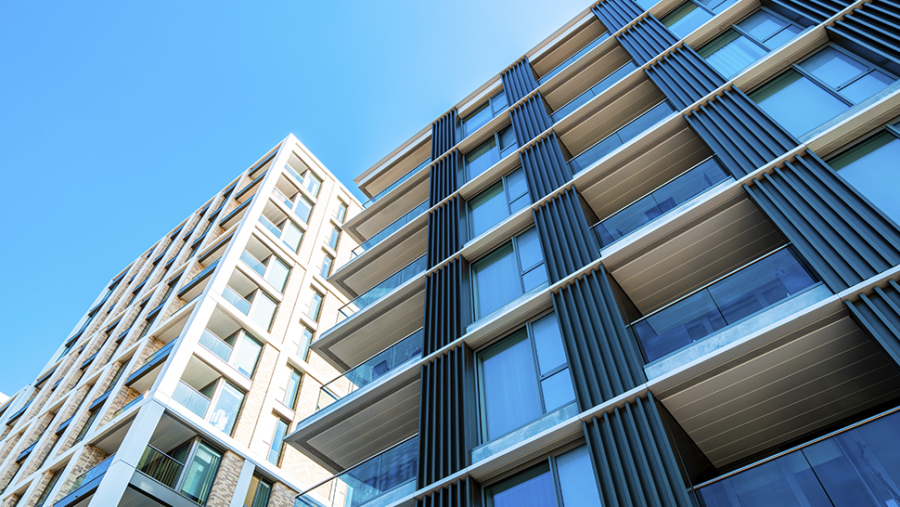
Issues concerning extending leases in light of the Building Safety Act 2022
15th August 2023

In recent years, both leases and leasehold interests have faced scrutiny and government attention. Part of this scrutiny concerns the new Building Safety Act 2022 (BSA 2022) and its accompanying legislation.
The BSA 2022 is crucial as it affords substantial protections to flat owners in terms of costs associated with remedying defects – cladding – in “relevant buildings”. Notably, flat owners are exempt from making any payment towards cladding remediation, and the amount recoverable for other remediation purposes is likely to be limited or capped.
“Relevant buildings” include structures measuring at least 11 metres or five storeys in height. Schedule 8 of the BSA 2022 offers various protections, but they are predominantly applicable to “qualifying leases,” defined by section 119 of the BSA 2022.
A “qualifying lease” must be a “long lease” with a term exceeding 21 years, granted before 14 February 2022 (the specified date) with the flat owner liable to pay a service charge.
For the flat owner to qualify – referred to as a “qualifying leaseholder” – on or before the specified date:
- The dwelling must have been the flat owner’s primary residence
- The qualifying leaseholder does not own any other residential dwelling in the UK
Or:
- The qualifying leaseholder owns no more than two residential dwellings in the UK apart from their interest under the lease of the subject property.
To ensure that the flat owner qualifies for the BSA 2022 protection, the lease must have been granted before 14 February 2022, called the “qualifying time”. Leases granted after this date cannot be classified as qualifying leases under the new legislation.
Flat owners may wish to extend the term of their long leases. Lease extensions can occur through the legal criteria set under the Leasehold Reform, Housing and Urban Development Act 1993 (LRHUDA) subject to the flat owner qualifying. Alternatively, voluntary lease extensions can be agreed outside the LRHUDA regime.
Upon a lease extension being granted, the “old lease” is surrendered and immediately replaced by a “new lease,” typically extending the term by an additional 90 years.
A warning for those extending their leases
However, it is important to note that the “new lease” granted after 14 February 2022 will not be considered a qualifying lease under the BSA 2022 protection, even if the “old lease” qualified as one before that date.
This means that flat owners extending their leases, through their legal rights or voluntary agreements, may inadvertently forfeit their protections under the BSA 2022 and be liable to pay the full amount of any remediation costs which could run into thousands of pounds.
The unintended consequence of the BSA 2022 drafting has been acknowledged, and the government intends to address the issue as part of broader leasehold reform commitments; potentially applying the change retrospectively to cover lease extensions since 14 February 2022.
The Department for Levelling Up, Housing, and Communities updated its guidance concerning leaseholder protections under the BSA 2022, expressing its intention to legislate at the earliest opportunity. While awaiting new legislation, the guidance suggests that leaseholders and landlords should seek legal advice to include contractual protections within any lease extension to address the above issue. The department also encourages leaseholders to report non-compliant landlords.
This is all part of Parliament’s intentions to overhaul the entire leasehold system with the Leasehold Bill due to be introduced in the next session of Parliament expected in 2023.










